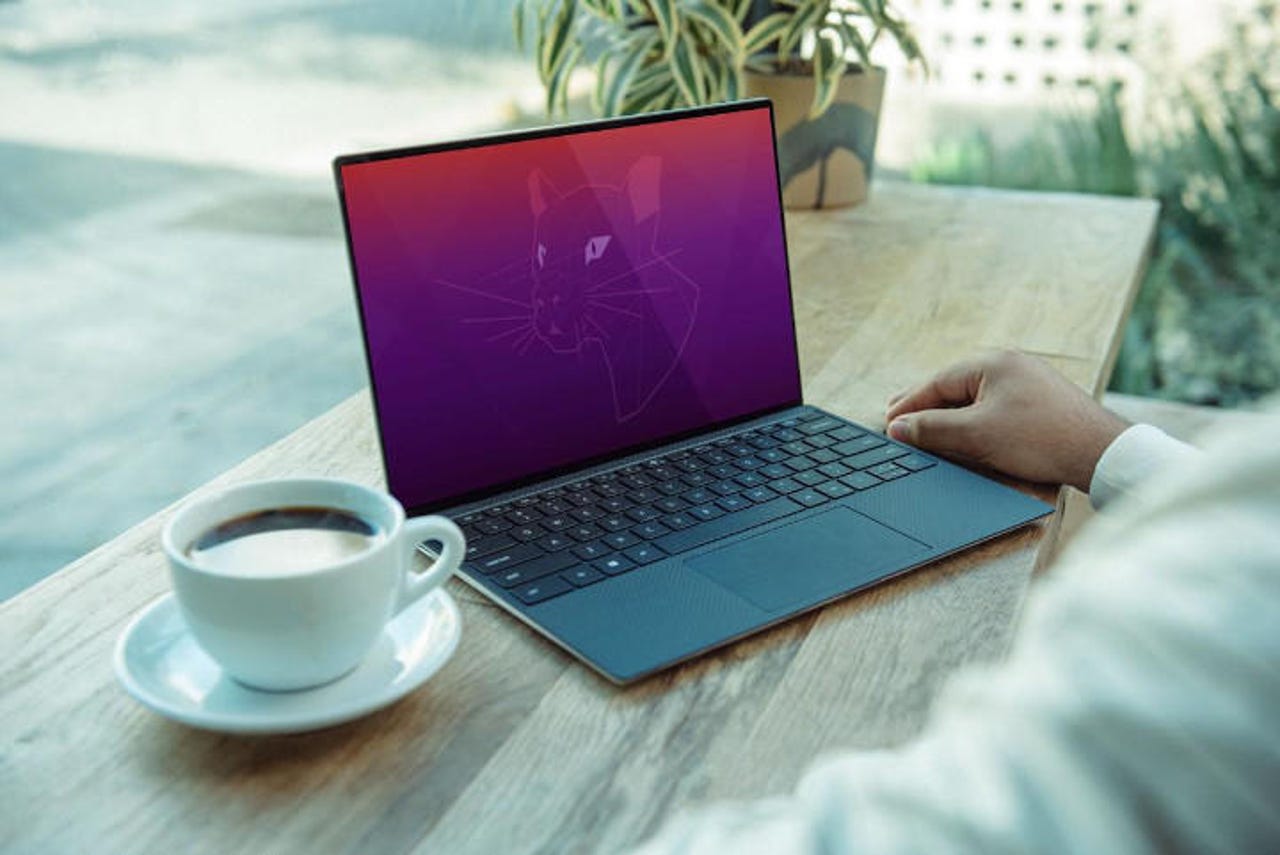
At Ubuntu Summit 2023 in Riga, Latvia, Canonical product manager Oliver Smith and engineering manager Ken VanDine introduced the Ubuntu Core Desktop. It’s not shipping yet, but it’s getting closer — April 2024 is now the expected launch date.
This new release will use an immutable Linux system with additional software provided by snaps, Ubuntu‘s containerized applications. An immutable OS is one where neither users nor applications can modify the operating system. When updates are applied, they’re applied atomically, meaning they’re applied all at once. The most common operating system to be updated in this manner is Google’s Linux-based ChromeOS.
Also: The best Linux distros for beginners
Canonical didn’t explicitly state that its new approach to the Linux desktop will appear with next year’s Long-Term Support (LTS) Ubuntu Linux 24.04 release, but that’s how the smart money is betting.
Drawing on a decade’s worth of innovation in the Internet of Things (IoT) sector, Ubuntu Core Desktop aims to extend the robust Ubuntu Core foundation into a full desktop experience. Designed to address a myriad of complex challenges, this new system will evolve, beginning with simple thin-client or single-purpose applications, and eventually expanding to meet the needs of home users, gamers, and software developers.
Indeed, as Smith said, “We’re not just building Ubuntu core desktop. We’re building a series of components that people can use to build products.” Smith gave this example: “An enterprise IT shop may need to build something that’s custom for them, that has a set of apps that they need to deliver to their users. So we think about this in a modular approach, where all the little pieces they might need are ready to be put together.”
In this approach, Smith continued, even the Linux kernel is delivered as a snap: “We have a gadget snap, another Ubuntu Core concept, which defines things like the bootloader, security settings, and encryption.” Snapd manages the entire system’s application updates.
Also: The best Linux laptops you can buy
By doing everything with snaps, you can automatically update applications, revert them if you don’t like the new version, or even run multiple versions. The heart of this system is Ubuntu Core’s robust, read-only root file system, which provides the security and stability upon which all other components are built.
Third-party applications, such as Spotify, are expected to run seamlessly, thanks to the system’s modular nature. Additionally, Ubuntu Core Desktop will use a GNOME desktop session.
But, you don’t have to use GNOME. You’ll be able to customize your computing experience. Users can select from optimized kernels for gaming or different desktop environments like KDE, Budgie, or MATE. The system uses a declarative mode, which enables users to define exactly what is included in their system.
Also: How to install Ubuntu Linux (It’s easy!)
Ubuntu Core Desktop also has security and privacy built in. Features like TPM-backed full-disk encryption, secure boot, and recovery modes ensure that the system remains trusted and verifiable. Moreover, the snap confinement system ensures that even if malicious software is inadvertently installed, it remains isolated, unable to compromise the rest of the system.
For developers, integrating LXD containers promises a streamlined workflow, allowing them to develop within containers without disrupting their host operating system. While this feature is still under development, the goal is to create a rich development environment.
Gamers aren’t left out, either. Ubuntu Core Desktop aims to support native and Proton games, with ongoing work to ensure compatibility with a wide range of hardware and peripherals, like popular game controllers.
For everyday use, productivity is a key focus, with support for a multitude of peripherals, external displays, and driverless printing.
Also: Ubuntu Cinnamon makes switching from Windows to Linux as painless as possible
The Ubuntu Core Desktop developers are currently perfecting the installation process, setting up automated testing infrastructures, and working on comprehensive documentation. An exact release date has not been provided, but the work is nearing completion.
That’s not to say you can’t run the Ubuntu Core Desktop today — if you’re feeling brave. That’s exactly what open-source community manager Alan Pope did when he put Ubuntu Core Desktop on his Steam Deck, the Linux gaming computer. It’s far from perfect: Neither Bluetooth nor audio worked. Still, as Pope pointed out, the audio failing wasn’t too much of a surprise since the Steam Desk uses a “weird audio chipset.”
To make this happen, you’ll need to compile it from the source code and use snaps. Head over to the Ubuntu Core Desktop GitHub repository. Once there, you can load it in a Qemu virtual machine or “make pc.img” with “ubuntu-image” to install it as a snap.
All in all, though, Pope wrote, “I can envisage a future where laptops from well-known vendors ship with Ubuntu Core Desktop by default. These might target developers initially, but I suspect eventually, ‘normie’ users will use Ubuntu Core Desktop.”

